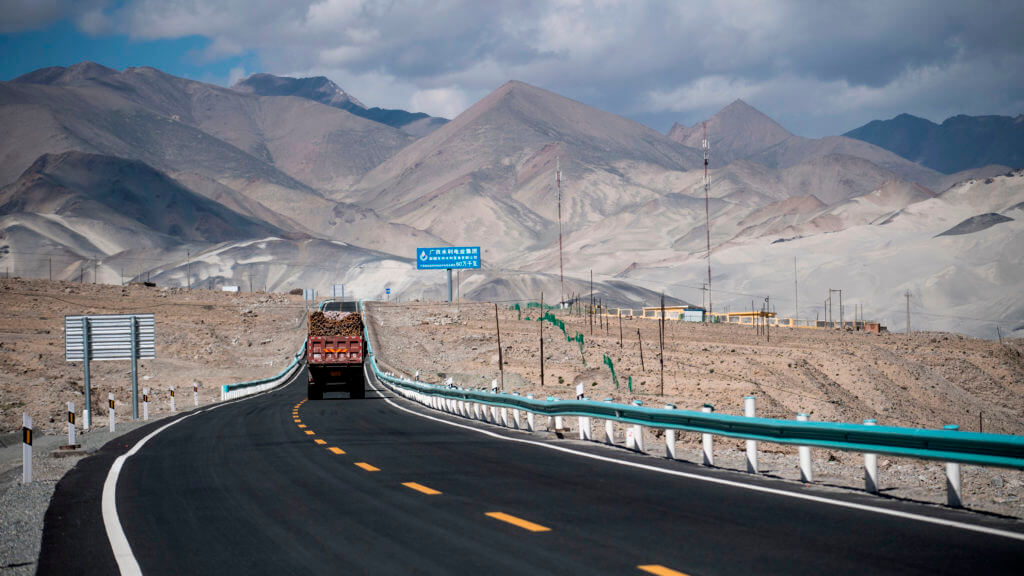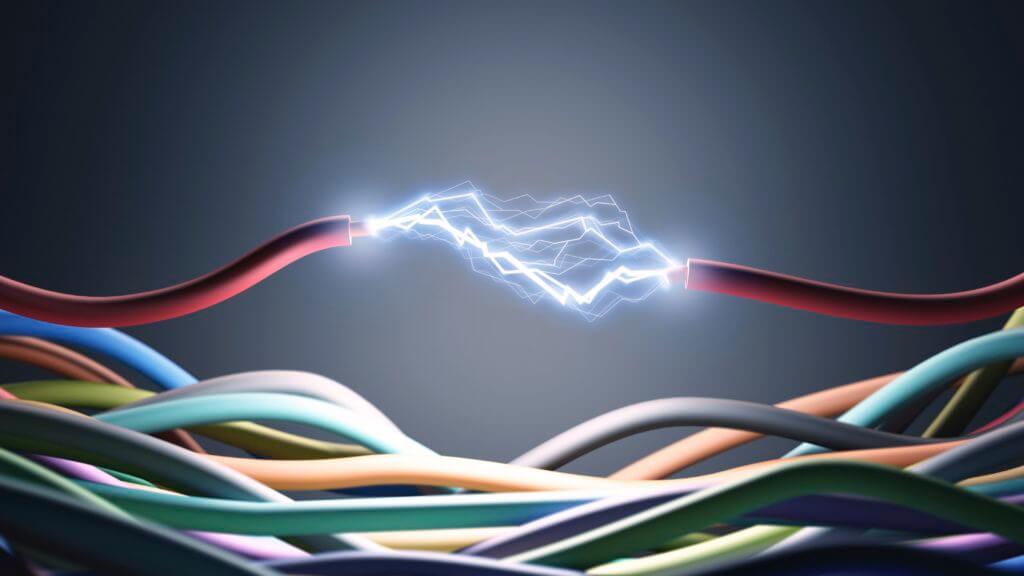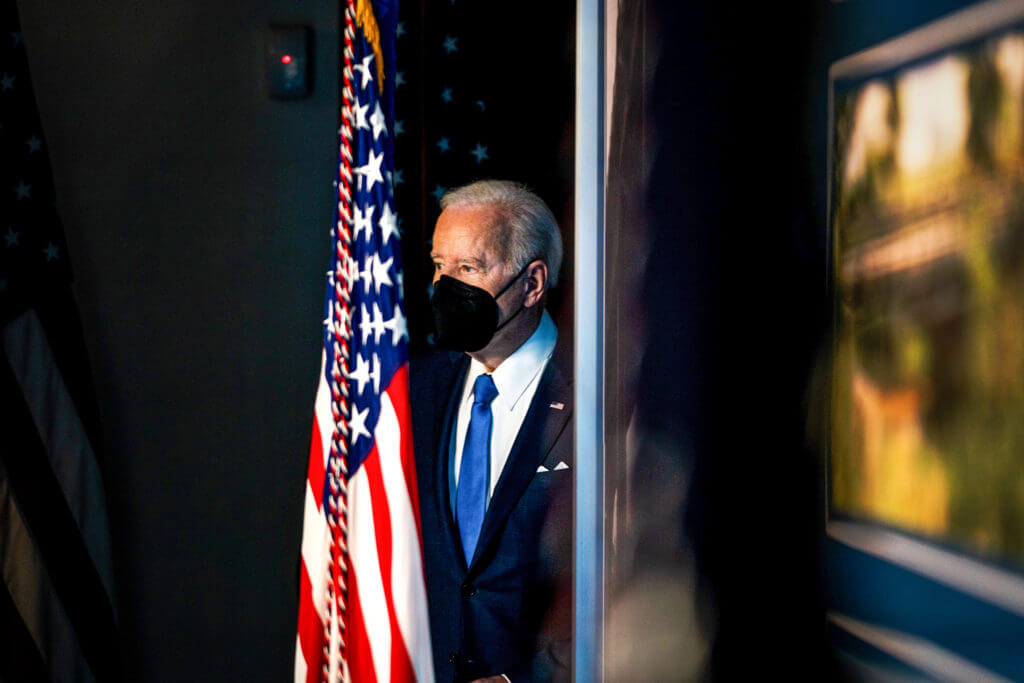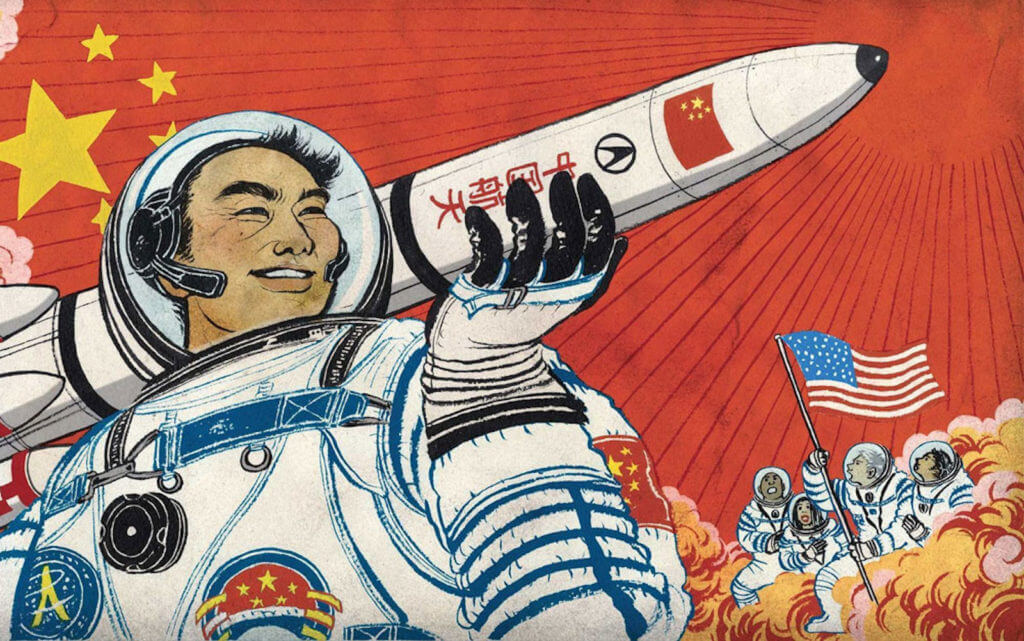The Ulterior Motives of China’s Belt and Road Initiative

Xi Jinping’s ascension to supreme power in China has resulted in a number of ChiCom (Chinese Communist) global initiatives being pursued diligently in the mainland and abroad. Perhaps the most important of these is the Belt and Road Initiative.
The Belt and Road Initiative (BRI, also called One Belt One Road), which Xi announced with great fanfare in 2013, initially consisted of two major components: the Silk Road Economic Belt and the 21st Century Maritime Silk Road. Other initiatives have been added in recent years, including the Digital Silk Road, the Arctic Silk Road, the Health Silk Road, and the Space Silk Road.
The “silk road” is a very useful metaphor for the ChiComs, as it carries historical, cultural, and psychological ramifications that can be exploited and propagandized (for example, most Westerners know who Marco Polo was). The ancient Silk Road existed for about 1,400 years, connecting China and East Asia with Europe and the Middle East. Its purpose was the promotion of two-way trade and commerce while providing an overland transportation network to facilitate the distribution and storage of trade goods along the routes. The ancient Silk Road fell into disuse after it was severed when the Turks captured Constantinople (now Istanbul).
The BRI is a modern version of the ancient Silk Road that is intended to interlink Central Asia in a common economic market dominated by Beijing; and expand the authoritarian Chinese mercantilist system to Europe, the Middle East, and Africa in order to replace the existing the Western international rules-based order.
The overarching BRI objective is to develop a global infrastructure controlled by China, with the various “roads” serving as spokes in a wheel that service the hub (mainland China). Another analogy would be a spider’s web expanding ever outward, with Beijing (the “Spider Dragon”) at the center of the web. The infrastructure elements are largely focused on the development of transportation assets that can later be exploited by Beijing to transport the resources and raw materials needed to fuel Chinese manufacturing concerns, as well as support the exportation of finished Chinese goods to overseas markets around the world, including roads, ports, railroads, bridges, etc.
BRI investments also include renewable energy projects, communications infrastructures, and cultural exchanges. The other Silk Roads promote controlling worldwide technology standards, dominating Arctic trade routes, influencing worldwide health initiatives in ways profitable to communist China, and exploitation of space technologies by the People’s Liberation Army. – READ MORE




Responses